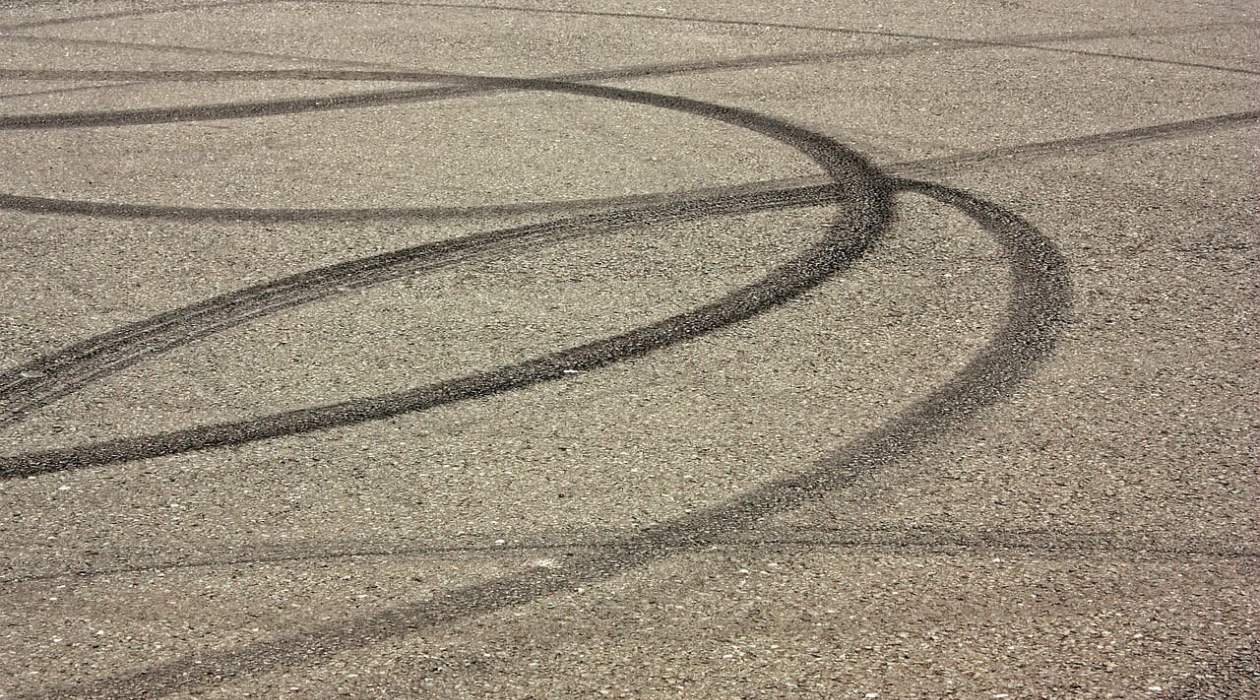

Articles
How To Get Rid Of Tire Marks On Driveway
Modified: August 28, 2024
Looking for articles on how to get rid of tire marks on your driveway? Find all the tips and tricks you need to restore your driveway's pristine appearance.
(Many of the links in this article redirect to a specific reviewed product. Your purchase of these products through affiliate links helps to generate commission for Storables.com, at no extra cost. Learn more)
Introduction
Tire marks on your driveway can be unsightly and frustrating. Whether they’re from accidental skids or prolonged parking, these marks can detract from the overall appearance of your home. Fortunately, there are several methods you can use to effectively remove tire marks and restore your driveway’s pristine condition.
In this article, we will explore various techniques, both using household products and commercial cleaners, to eliminate tire marks from your driveway. We will also discuss the importance of assessing the severity of the marks and preparing the driveway before cleaning. Additionally, we will cover the process of power washing and sealing the driveway to prevent future tire marks.
By the end of this article, you’ll have the knowledge and tools needed to tackle tire marks and restore your driveway to its former glory. Let’s dive in!
Key Takeaways:
- Assess the severity of tire marks on your driveway by considering depth, age, driveway material, and existing sealants. This will help you choose the most effective cleaning methods and products for optimal results.
- Utilize household items like baking soda, vinegar, lemon juice, and commercial products such as tire mark removers and degreasers to effectively remove tire marks. Power washing and sealing the driveway can also prevent future marks and maintain its pristine condition.
Read more: How To Fix Tire Marks In Grass
Understanding Tire Marks on Driveway
Tire marks on the driveway are the result of the rubber tires coming into contact with the surface. This can happen in various situations, such as when a car accelerates rapidly, brakes suddenly, or even during tight turns. The friction between the tires and the driveway causes the rubber to leave behind marks or residue.
The severity of tire marks can vary depending on several factors. The type of tire, the weight of the vehicle, and the condition of the driveway are all contributing factors. Light tire marks may appear as faint streaks, while heavy tire marks can leave deep imprints. Additionally, the length of time the marks have been on the driveway can also impact their severity. Fresh marks are often easier to remove than those that have been sitting for a while.
It’s important to note that tire marks can occur on various driveway surfaces, including asphalt, concrete, pavers, or even gravel. While the methods for removing the marks may differ slightly depending on the type of surface, the underlying principles remain the same.
Before proceeding with any cleaning methods, it’s essential to assess the severity of the tire marks on your driveway. This will help determine the appropriate cleaning techniques and products to use. In the next section, we will discuss how to assess the severity of the marks and prepare the driveway for cleaning.
Assessing the Severity of the Tire Marks
Before you begin removing tire marks from your driveway, it’s crucial to assess the severity of the marks. This will help you determine the most effective cleaning methods and products to use. Here are a few steps to follow when assessing the severity of the tire marks:
- Observe the depth and length: Examine the tire marks closely and determine how deep and long they are. Light marks may be surface-level and easily removable, while deeper marks may require more aggressive cleaning techniques.
- Check the age of the marks: Take note of how long the tire marks have been on the driveway. Fresh marks are generally easier to remove, while older marks may have set in and require more extensive cleaning efforts.
- Consider the driveway material: Different driveway materials may react differently to cleaning methods. For example, concrete driveways can withstand more aggressive cleaning techniques than delicate paver or gravel driveways. Take the driveway material into account when choosing the appropriate cleaning products.
- Be mindful of any sealants or coatings: If your driveway has been previously sealed or coated, the tire marks may be less likely to penetrate the surface. In such cases, removal may be easier and less likely to cause damage.
By carefully assessing the severity of the tire marks on your driveway, you can choose the most suitable cleaning methods and products. Light surface marks may be effectively removed with household items, while deeper or older marks may require the use of commercial cleaners or power washing. The next section will discuss how to prepare your driveway for cleaning.
Preparing the Driveway for Cleaning
Before you begin the process of removing tire marks from your driveway, it’s important to properly prepare the surface. Preparing the driveway will not only make the cleaning process more effective, but it will also help prevent any potential damage. Follow these steps to prepare your driveway for cleaning:
- Sweep the area: Start by sweeping the entire driveway using a broom or a leaf blower. This will remove any loose dirt, debris, or leaves that may hinder the cleaning process.
- Pre-treat with a detergent: For stubborn tire marks, it’s beneficial to pre-treat the affected areas with a detergent or a stain remover. Apply the product to the marks and let it sit for a few minutes to loosen the residue.
- Scrub the marks: Use a stiff-bristled brush to scrub the tire marks. Apply some pressure while scrubbing to effectively lift the stains from the surface. For concrete driveways, you can also use a wire brush to tackle more stubborn marks.
- Rinse the driveway: Once you’ve scrubbed the tire marks, rinse the entire driveway area thoroughly with a hose or a pressure washer. This will remove any remaining residue and provide a clean surface for further cleaning.
- Protect surrounding areas: If you’re using commercial cleaning products, make sure to protect any nearby plants, grass, or surfaces that may be sensitive to the chemicals. Cover them with plastic sheets or rinse them with water before and after cleaning.
By preparing your driveway beforehand, you’ll create an optimal environment for removing tire marks effectively. Once the driveway is clean and ready, you can proceed with the appropriate cleaning methods discussed in the next sections.
Using Household Products to Remove Tire Marks
If you prefer a more natural and cost-effective approach, you can utilize common household products to remove tire marks from your driveway. Here are some effective methods using household items:
- Baking Soda and Water: Create a paste by mixing baking soda with water until you achieve a thick consistency. Apply the paste directly onto the tire marks and let it sit for 10-15 minutes. Scrub the marks using a brush or scrubbing pad, then rinse the area with water.
- Vinegar and Water: Mix equal parts white vinegar and water in a spray bottle. Spray the solution onto the tire marks and let it sit for a few minutes. Scrub the marks with a brush or sponge, then rinse the area thoroughly.
- Lemon Juice: Squeeze fresh lemon juice onto the tire marks and let it sit for a few minutes. The acidity of the lemon juice can help break down the stains. Scrub the marks with a brush, then rinse the area with water.
- Dish Soap and Warm Water: Create a mixture of dish soap and warm water. Apply the soapy solution onto the tire marks and let it sit for a few minutes. Scrub the marks with a brush or sponge, then rinse the area thoroughly.
- Hydrogen Peroxide: Apply hydrogen peroxide directly onto the tire marks and allow it to sit for 10-15 minutes. Scrub the marks with a brush, then rinse the area with water. Note that hydrogen peroxide may bleach certain surfaces, so perform a patch test in an inconspicuous area before using.
These household products offer effective and eco-friendly solutions for removing tire marks from your driveway. Remember to follow the instructions and test the products on a small area of the driveway before applying them to the entire surface. If the tire marks persist, you may need to consider using commercial products or power washing, which will be discussed in the following sections.
Use a pressure washer with a high-powered nozzle to remove tire marks from the driveway. If you don’t have a pressure washer, try using a mixture of baking soda and water to scrub the marks away.
Read more: How To Get Rid Of Grass In Gravel Driveway
Using Commercial Products to Remove Tire Marks
If household remedies do not effectively remove tire marks from your driveway, you may want to consider using commercial cleaning products specifically designed for this purpose. Here are some commonly used commercial products you can try:
- Tire Mark Remover: Look for a tire mark remover specifically formulated to tackle stubborn marks on driveways. Follow the instructions on the product for proper application and duration of use. Scrub the marks with a brush or sponge, then rinse the area thoroughly.
- Concrete Cleaner: Concrete cleaners are often effective in removing various stains, including tire marks. Choose a concrete cleaner suitable for your driveway surface and follow the instructions carefully. Apply the cleaner to the marks, scrub using a brush, then rinse the area with water.
- Degreaser: A degreaser can help break down the rubber residue left by tires. Apply the degreaser to the affected areas, let it sit for a few minutes, then scrub with a brush. Rinse the area thoroughly to remove any remaining residue.
- Oil Stain Remover: Tire marks can sometimes leave behind oily residue. Use an oil stain remover designed for driveways to effectively lift the oil stains. Apply the remover to the marks, scrub gently, and rinse the area thoroughly.
- Multi-Purpose Cleaner: Some multi-purpose cleaners are effective in removing tire marks from driveways. Check the label to ensure it is safe to use on your driveway surface. Dilute the cleaner as per the instructions, apply to the marks, scrub, and rinse thoroughly.
When using commercial products, it’s essential to follow the manufacturer’s instructions for the best results. Avoid leaving the product on the driveway for longer than recommended, as this may cause damage to the surface. If the tire marks persist after attempting to remove them with commercial products, you may want to consider power washing, which will be discussed in the next section.
Power Washing the Driveway
If household products and commercial cleaners have not been able to fully remove the tire marks from your driveway, power washing can be an effective solution. Power washing uses high-pressure water to blast away dirt, debris, and stains, including stubborn tire marks. Here’s how to power wash your driveway:
- Rent or purchase a power washer: You can rent a power washer from a home improvement store or consider purchasing one if you anticipate needing it for future cleaning projects. Choose a power washer with an appropriate pressure level for your driveway surface.
- Prepare the power washer: Follow the manufacturer’s instructions to set up the power washer and ensure it is functioning properly. Attach the appropriate nozzle or tip for cleaning driveways.
- Clear the area: Remove any loose objects or debris from the driveway and nearby areas. This will prevent them from getting in the way or causing damage during the power washing process.
- Begin power washing: Hold the power washer wand at a slight angle and start from one end of the driveway. Move the wand in smooth, overlapping strokes to cover the entire surface. Pay special attention to the tire marks and increase pressure if necessary to remove stubborn stains.
- Rinse the driveway: After power washing, thoroughly rinse the driveway with water to remove any remaining dirt or detergent. Ensure that all tire marks have been effectively lifted.
Power washing can be an effective method for removing tire marks, especially for driveways with tougher surfaces like concrete or asphalt. However, it’s important to exercise caution and follow safety guidelines when using a power washer. If you are not confident in operating a power washer or have concerns about potential damage to the driveway, consider hiring a professional power washing service.
Once the tire marks have been successfully removed, it’s a good idea to seal the driveway to prevent future marks. The next section will discuss the process of sealing the driveway as a preventive measure.
Sealing the Driveway to Prevent Future Tire Marks
To protect your driveway from future tire marks, it’s recommended to seal the surface. Sealing creates a protective barrier that helps prevent staining and makes it easier to clean any future tire marks. Here are the steps to follow when sealing your driveway:
- Clean the driveway: Start by thoroughly cleaning the driveway to remove any dirt, debris, or tire marks. Use a broom, pressure washer, or suitable cleaner to ensure the surface is clean and free from stains.
- Repair any cracks or damage: Before sealing the driveway, inspect it for any cracks, potholes, or other damages. Repair them using a suitable driveway patching material or crack filler. Allow it to dry completely before moving to the next step.
- Choose the right sealer: Select a high-quality driveway sealer that is appropriate for your driveway surface (such as asphalt or concrete). Read and follow the manufacturer’s instructions for application and drying times.
- Apply the sealer: Use a brush, roller, or sprayer to apply the sealer evenly across the entire surface of the driveway. Work in small sections to ensure thorough coverage. Avoid overlapping or leaving any puddles of sealer.
- Allow the sealer to dry: Let the sealer dry according to the manufacturer’s instructions. This can take anywhere from several hours to a full day, depending on the product and weather conditions.
- Apply a second coat (optional): For added protection, you may choose to apply a second coat of sealer. Follow the same application process as before and allow it to dry completely.
Sealing your driveway not only helps prevent future tire marks, but it also protects the surface from other elements like UV rays, water damage, and harsh weather conditions. It’s generally recommended to reseal the driveway every few years to maintain its protection and appearance.
By following these steps and properly sealing your driveway, you can significantly reduce the likelihood of tire marks and ensure that your driveway remains in excellent condition for years to come.
Conclusion
Tire marks on your driveway can be a frustrating eyesore, but with the right techniques and products, you can effectively remove them and restore the pristine appearance of your driveway. Whether you choose to use household items or commercial cleaners, it’s important to assess the severity of the marks and prepare the driveway for cleaning.
Household products such as baking soda, vinegar, lemon juice, dish soap, and hydrogen peroxide can be effective in removing light to moderate tire marks. However, for more stubborn marks, commercial products specifically formulated for removing tire marks may be necessary. These products, including tire mark removers, concrete cleaners, degreasers, and oil stain removers, can provide a deeper clean and help lift stubborn stains.
If traditional cleaning methods do not fully eliminate the tire marks, power washing can be a powerful solution. Using a pressure washer, you can blast away dirt, debris, and stains, including stubborn tire marks, from your driveway surface. Just remember to follow safety guidelines and adjust the pressure accordingly to avoid any damage to the surface.
To prevent future tire marks, consider sealing your driveway. This creates a protective barrier that not only prevents staining but also makes it easier to clean any future tire marks that may occur. Follow the necessary steps to clean, repair, and apply the appropriate sealer to your driveway.
In conclusion, by following the techniques outlined in this article, you can successfully remove tire marks from your driveway and maintain its pristine condition. Whether you opt for household items, commercial cleaners, power washing, or sealing the driveway, rest assured that you have the knowledge and tools to achieve a clean and mark-free driveway. Say goodbye to those unsightly tire marks and enjoy the beauty of your home’s exterior once again!
Frequently Asked Questions about How To Get Rid Of Tire Marks On Driveway
Was this page helpful?
At Storables.com, we guarantee accurate and reliable information. Our content, validated by Expert Board Contributors, is crafted following stringent Editorial Policies. We're committed to providing you with well-researched, expert-backed insights for all your informational needs.
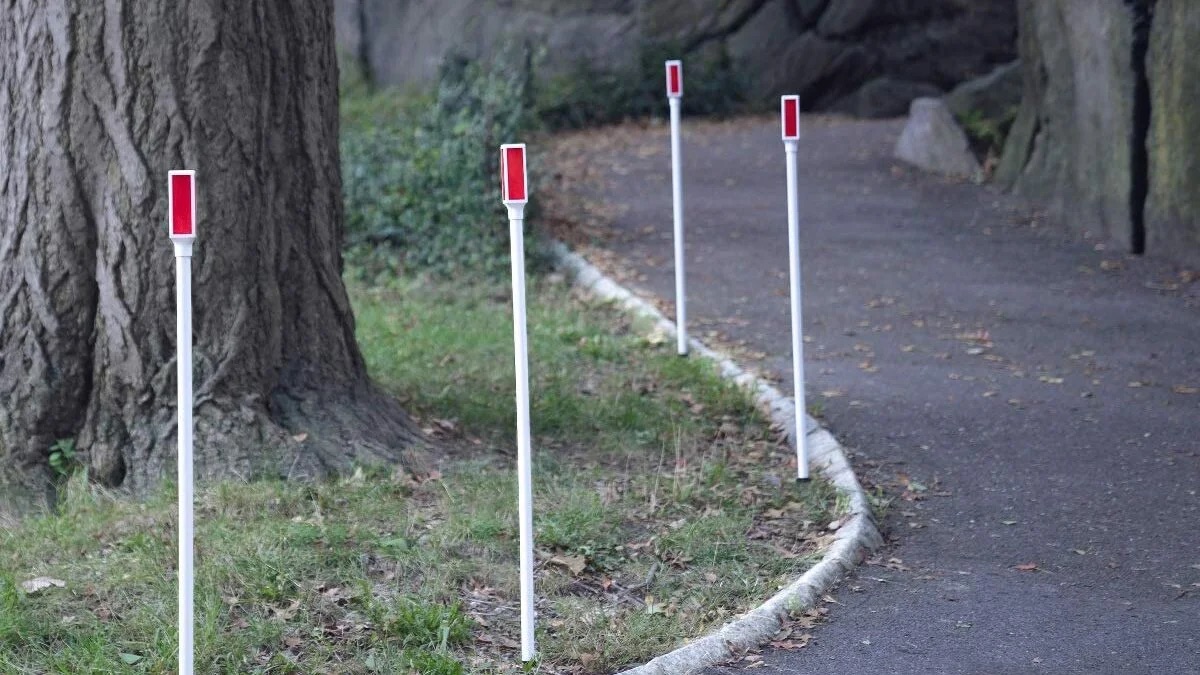
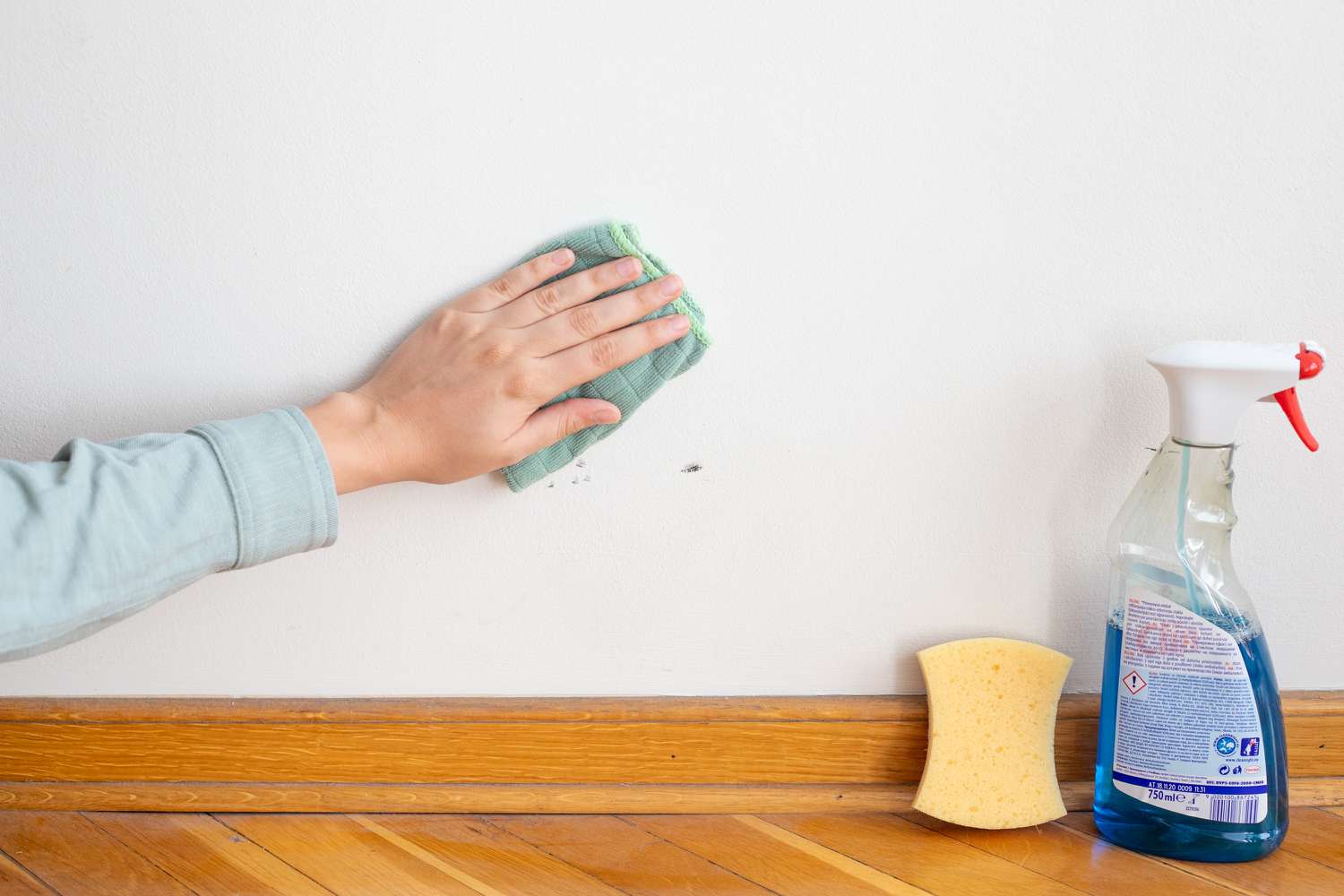
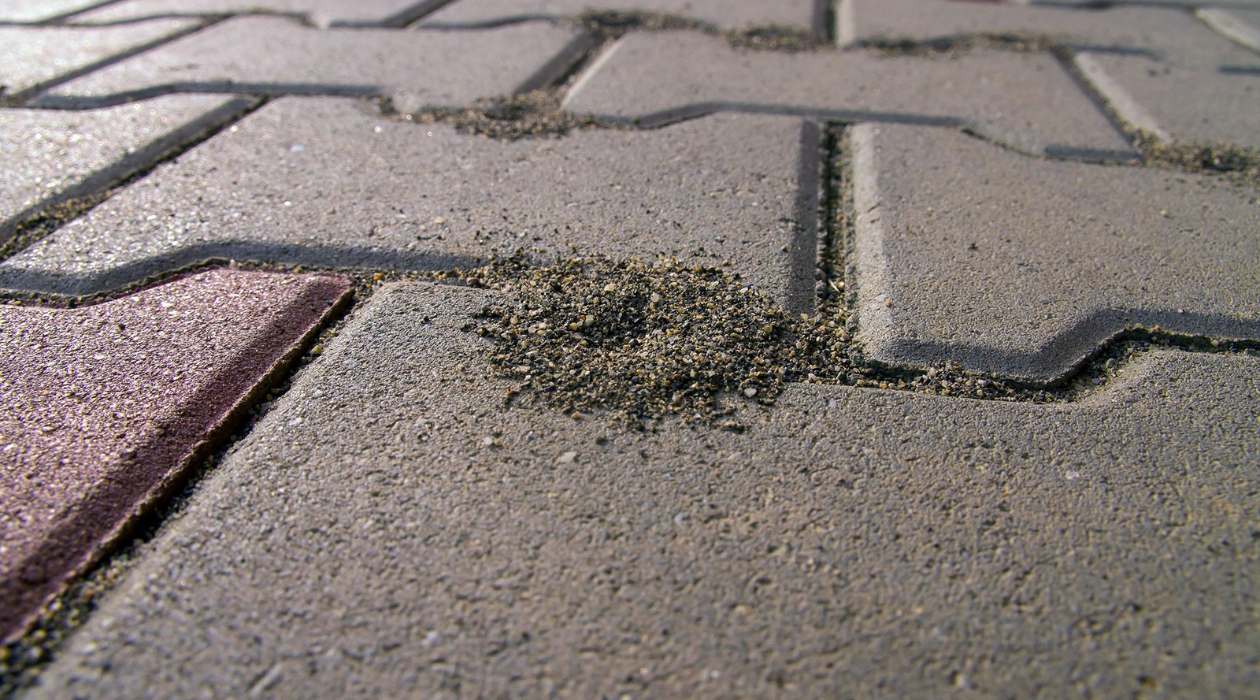
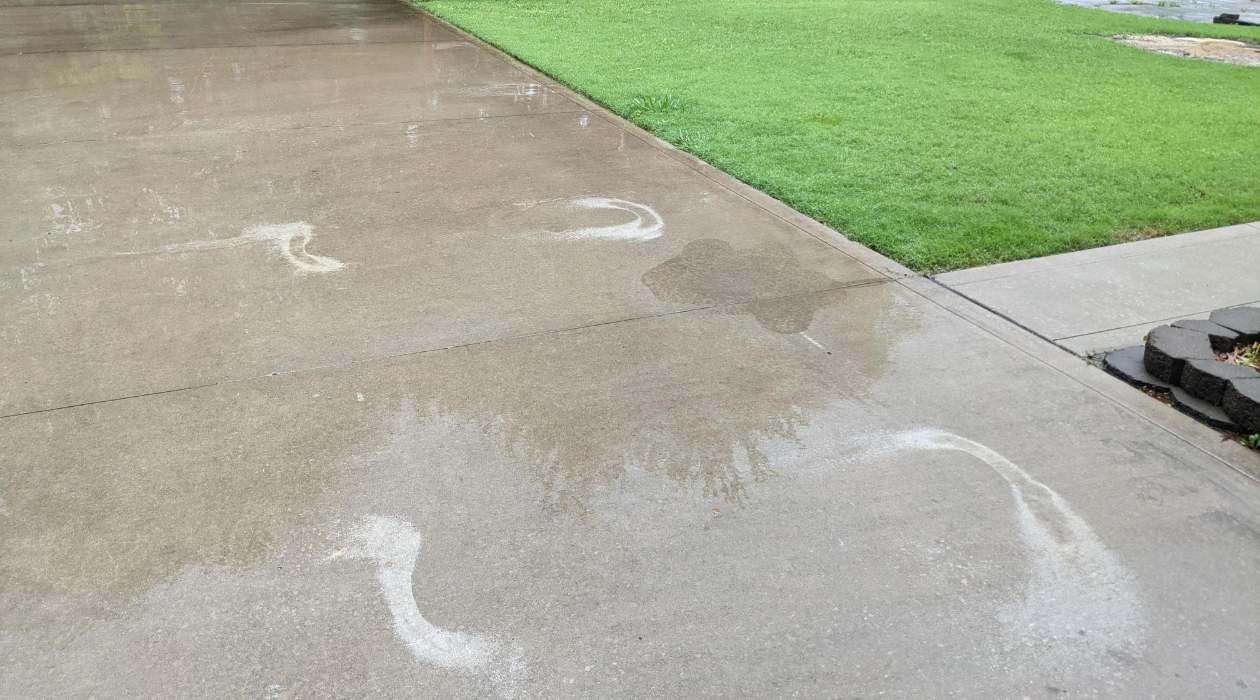

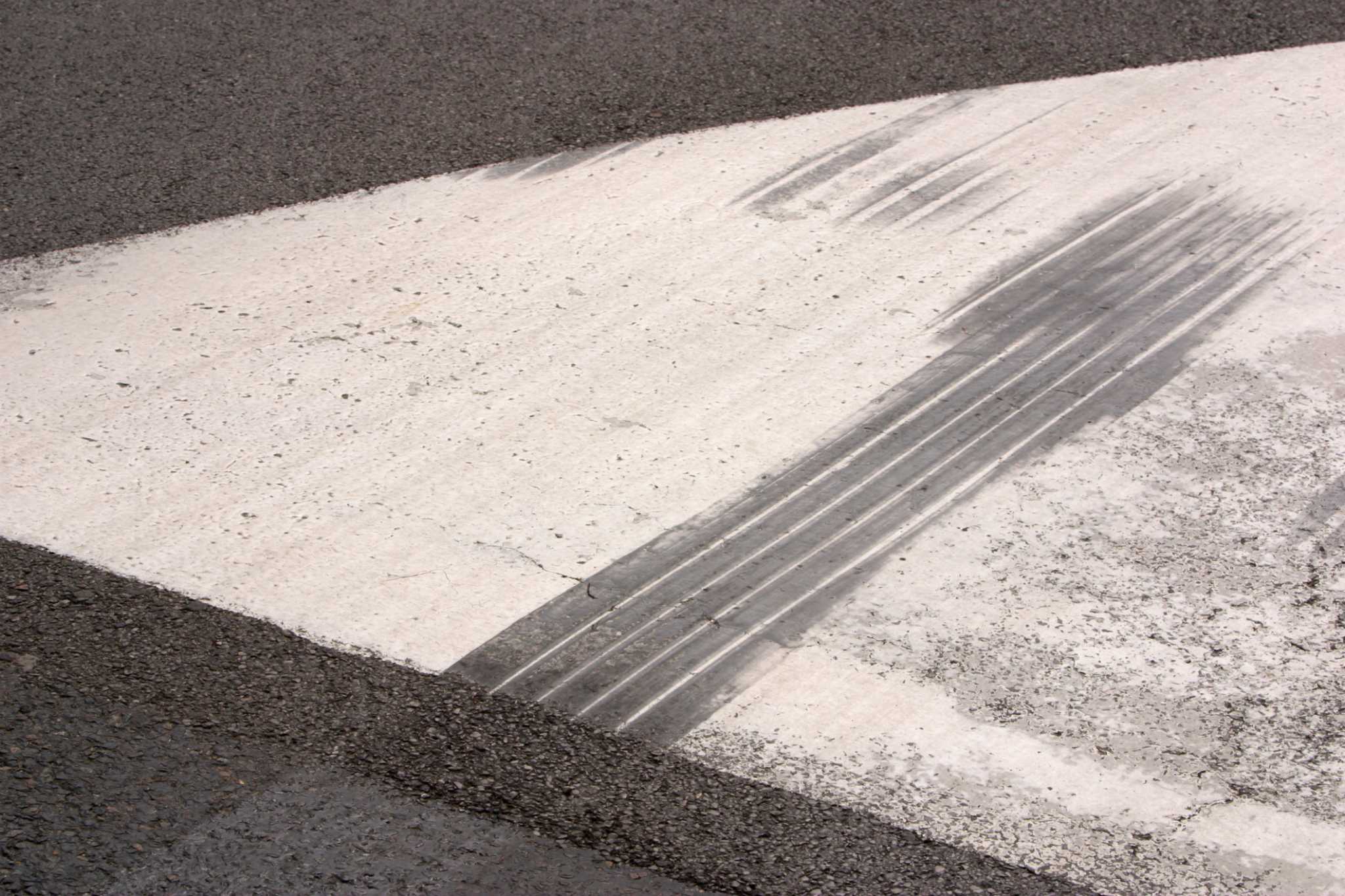





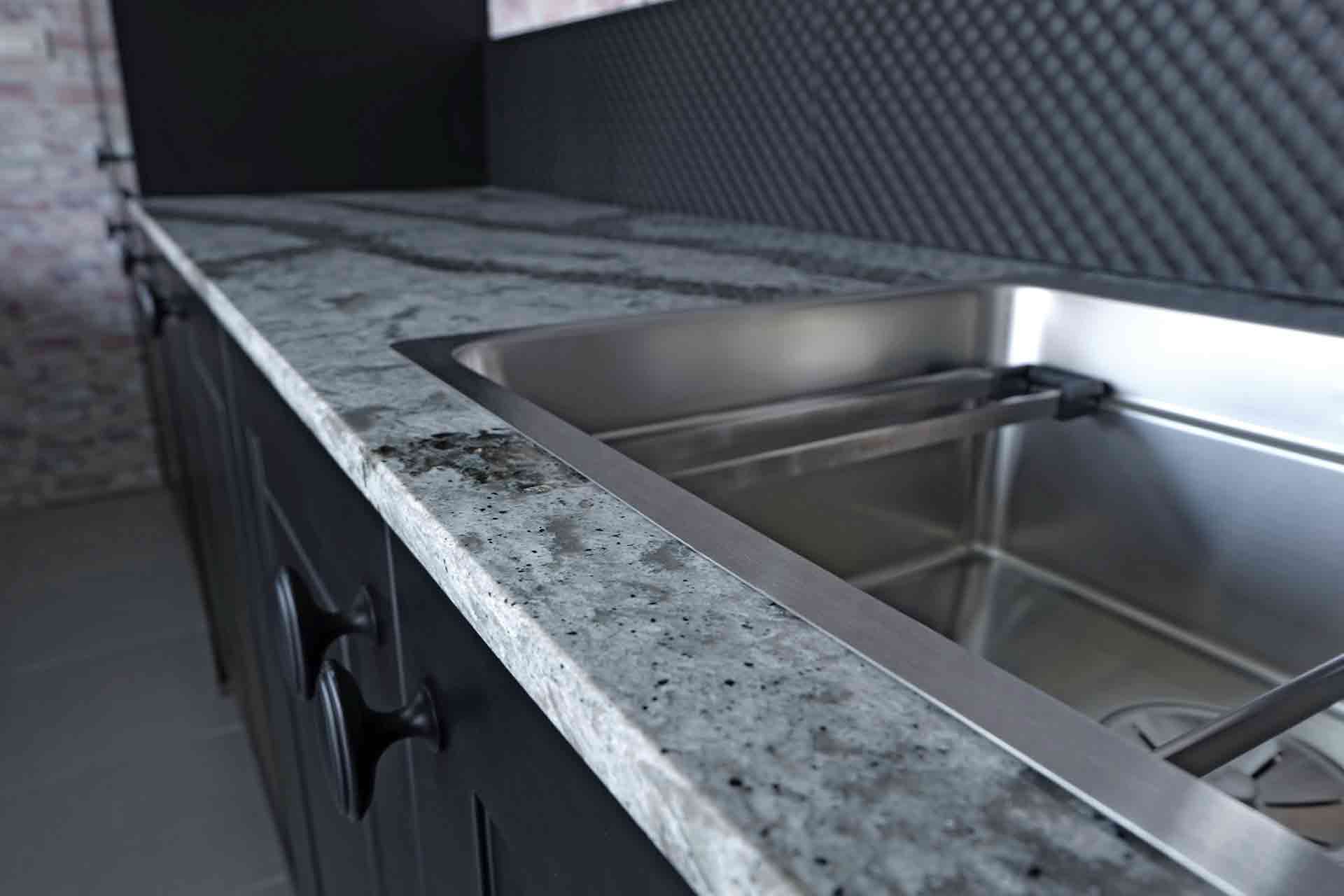



0 thoughts on “How To Get Rid Of Tire Marks On Driveway”